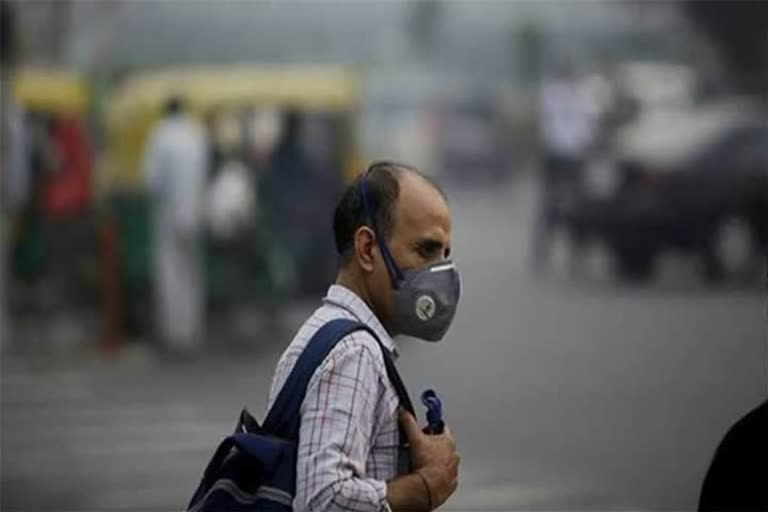Hyderabad: A 40-year-old man working in a cloth store was found to be COVID positive. But he had no symptoms. He got tested in a nearby hospital along with others. He stayed in home isolation and used medicines given by the health staff.
Though there were symptoms of slight fever and cough initially, within seven days those symptoms subsided. However, even after four weeks, the shop owner did not allow him back to duty. Since he did not attend duty for one month, his salary was blocked. He said his family was finding it difficult to make ends meet.
Similarly, a house-maid (32) was diagnosed with COVID-19 but did not exhibit any symptoms. She used medicines given by the GHMC staff. Though 10 days have passed without her showing any symptoms, it was made clear in the apartment where she worked that she will not be permitted to enter the complex for another two weeks.
The woman’s husband is an auto driver, and they have two children. Due to the present situation, he does not have any business. Now that she too is not going to work, financial difficulties are suffocating the family.
Employees, traders, labourers - the coronavirus pandemic is taking a heavy toll on all communities. If one contracts the virus, they will have to stay away from work for weeks. Even without symptoms, most people stay at home for more than a month.
This is having a severe impact on normal living. Due to lack of work for weeks, casual labourers and daily wage earners are going through miserable times. Many employers are making it clear that they will not be able to take the employees to work unless they obtain a negative test certificate.
Read: Airborne transmission of COVID-19 'distinct possibility': CSIR
Victims are languishing in a dilemma being squeezed by circumstances. Dr MV Rao, an eminent General Physician, said that according to the guidelines of the Indian Council for Medical Research (ICMR), it has already been clarified that persons who are positive without any symptoms (asymptomatic) can return to duty after 17 days. It said there was no need for re-examination after the specified period.
Isolation for 10+7 days
- 85% of positive cases usually do not show any symptoms. Even without their knowledge, the virus infects and subsides after a while.
- It is better for such positive-tested people to be in isolation at home.
- If there is no spare room or separate bathroom facility at home, patients can stay in government isolation centres.
- Individuals of this positive-type should remain in isolation for 10 days. After that, they should observe themselves for another 7 days for any symptoms like fever, cough, cold and fatigue.
- If no symptoms appear until the expiry of the deadline, it should be considered that they are Corona-free.
- This means that after 17 days, one can attend to their duties as usual.
Read: Clinical trials of COVID-19 vaccine, Covaxin to start at Bhubaneswar from tomorrow
What about those with mild symptoms?
- Even those with mild symptoms should be in isolation at home. However, they should be treated by a doctor.
- Those who tested positive must be under observation for the first 10 days. If there is no fever in the last three days, they should stay at home for the rest of 7 days under observation.
- If symptoms do not appear in the last 10 days in total, they may also attend to work after 17 days of being positively diagnosed.
- If symptoms appear again at this time, isolation should be continued as usual. The same rules apply to resume duties.
- Those who are hospitalized and treated should be monitored for a week at home after discharge. If symptoms do not reappear at that time, they may attend to their routine. If symptoms persist, doctor consultation, treatment and clearance are essential to resume work.



